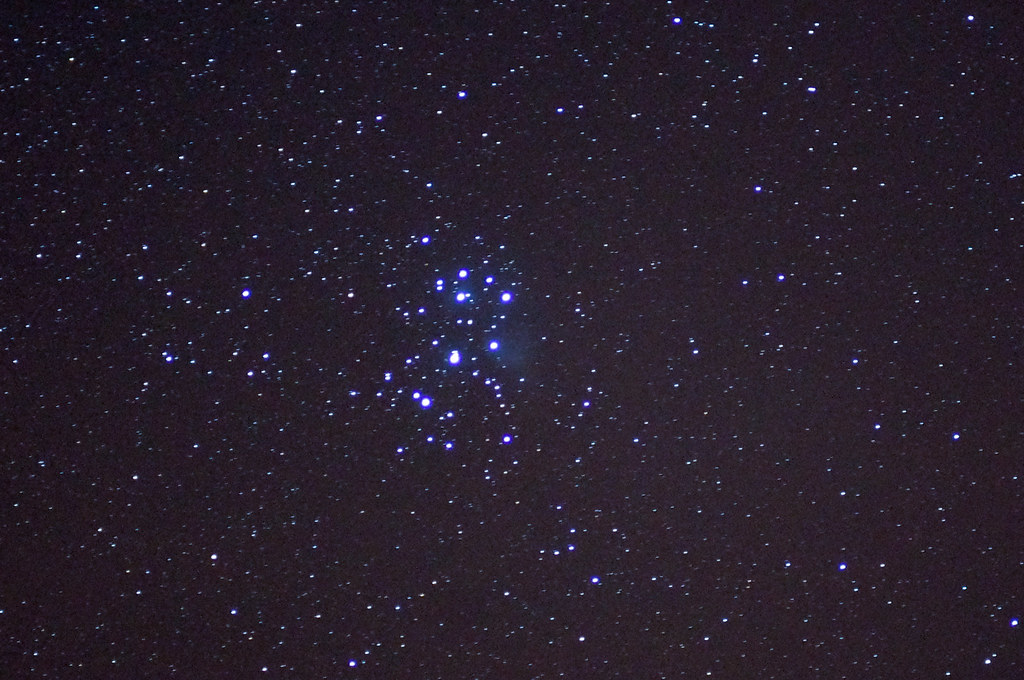Havign successfully used astrotracer with a K-3 and K-3ii hopefully I can offer some advise.
The general procedure for using it is:
1.camer on with the GPS on (I always have it on with my K-3ii so I forget what menu this is in)
2. Put the camera into bulb mode
3. Depending on what you had previously done in bulb mode it may be in regular bulb mode or in astrotracer mode. If in regular bubl mode press the green button to switch to astro tracer mode
4. Perform the coarse calibration under the GPS menu item
5. Perform the precise calibration under the astrotracer menu
6. Take a test shot and see what you get for trailing. For perspective with the GPS based astrotracer I can get 20s exposures all day with a 400mm lens along the celestial equator so a good calibration will scale with lens length so I would expect 40s at 200mm or 10s at 800mm.
7. if you are fairly close to getting no trails back the time off by 10s but if not redo the calibration process.
That is the ideal however there is a lot that can throw it off or things that can fail. Sure signs that a calibration has failed is when I haven't done the rotation through all 3 axis and it gives me a success message. When that happens redo what ever calibration you were doing. I also find that when doing calibrations going beyond the 180 degrees of movement helps and I probably am close to 210 to 240 degrees of rotation in each direction. Another thing that helps getting a good calibration is doing fairly quick smooth movements. The quick seems to help with the internal accelerometers getting good data and by smooth you really need to keep the movement to only 1 axis at a time. There are also times when you may not get it to calibrate correctly. Here move to a slightly different location or change the direction you are facing. Sometimes no matter what you do you will get bad tracking or it will fail to calibrate and this is usually caused by iron or magnetic fields so things like fence posts, your vehicle, buried power cables, nearby power transformers, electric motors, soil with excessive iron in it, etc.so try to get farther away from those things. The camera will also give you an estimate of how long it can track for and I have found that to be very optimistic and in reality using 1/4 the time suggested I find works better.
I see you asked about dark frames and noise reduction. Here I suggest turning off the incamera noise reduction as it is really doing single dark frame subtraction. Instead at the end of your shooting session take your own dark frames while you pack everything else up. I believe that all astro stacking programs will take dark frames and from them create a master dark (average of all the darks) and subtract that from each light. The master dark is a much better representation of the systematic error than a single dark so subtracting a master dark destroys less real data and removed a better representation of the systematic error. Also by taking darks at the end while packing up you capture more light frames while out actually running the camera for a given time. When taking dark frames you have the lens cap on but also cover the viewfinder so you don't get light sneaking in there as you pack up.
For an idea of what can be done with astrotracer this is what I manage with my K-3 using the O-GPS1 for astrotracer and my 400mm lens in the core 7 county Twin Cities metro area:



 Similar Threads
Similar Threads 


























